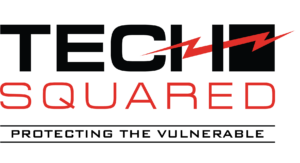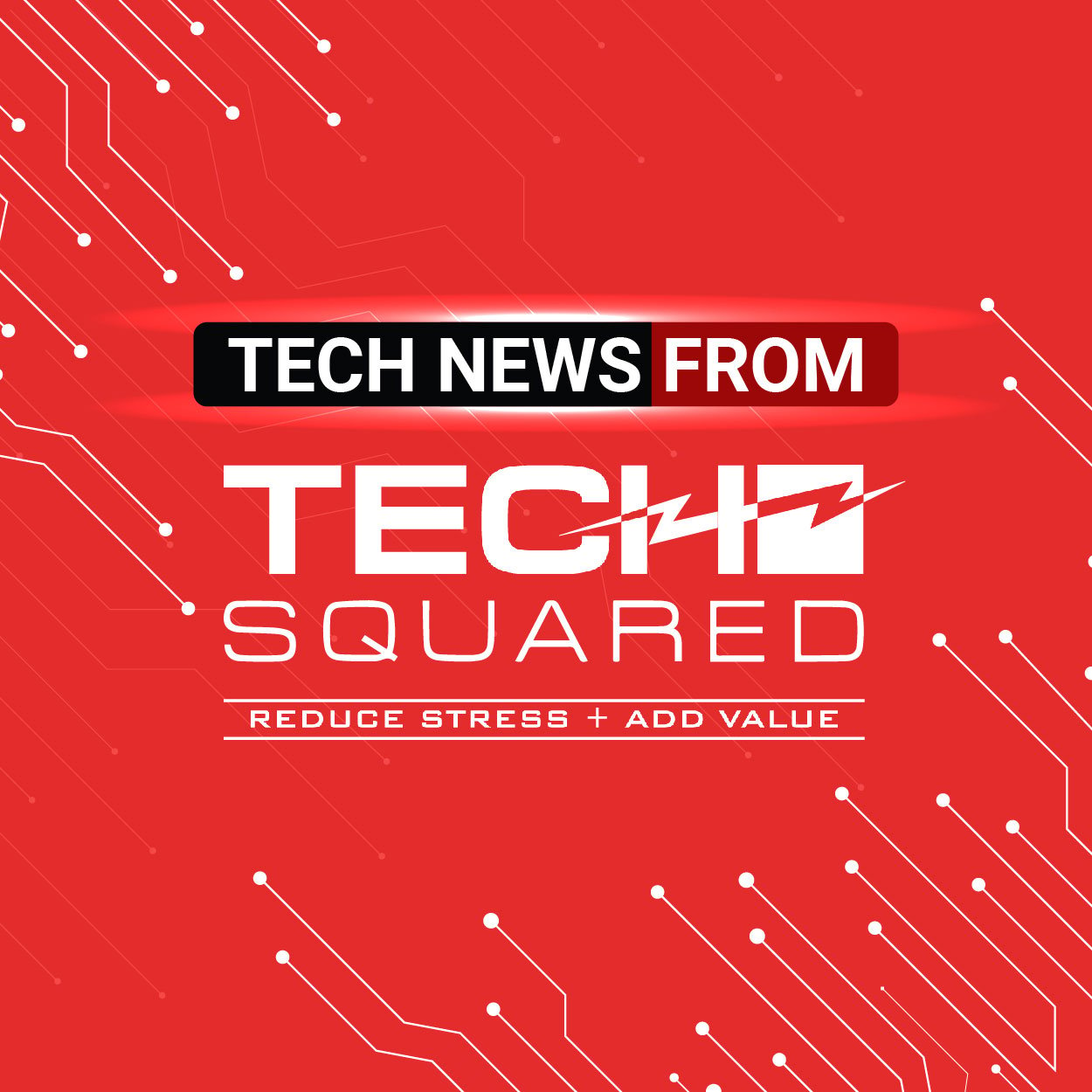As any cybersecurity expert can attest, the digital revolution has come with both opportunities and risks. The internet can help organizations increase efficiency and productivity, reach new markets to grow their customer base and even improve employee morale by giving staff members more flexibility. All of which provide fantastic opportunities. On the risk side, as companies become increasingly reliant on online technology for their operations, securing their data against cyberthreats also becomes essential. There is just too much at stake now to risk leaving your organization vulnerable to malicious hackers, malware or ransomware. However, as technology keeps advancing, so do the methods of cybercriminals – which means traditional security solutions are no longer enough. That’s why managed threat response is a critical part of any comprehensive cybersecurity strategy.
What is Managed Threat Response?
Managed threat response refers to a holistic approach to managing cyberthreats. This involves real-time monitoring of systems, identifying suspicious activity and responding effectively to any incidents that may occur. The process involves a combination of powerful technology and highly trained security professionals who work together to detect and respond to threats. Managed threat response providers use advanced analytics to identify patterns and anomalies in network traffic and quickly respond to cyberattacks. By taking a proactive approach to security, managed threat response provides a reliable and comprehensive solution to protect your organization from cyberthreats.
Why do Organizations Need Managed Threat Response?
These statistics paint a grim picture of an increasingly evolving threat landscape, with cyberattacks becoming not just more frequent but also more sophisticated:
- Of the 30 million small-to-medium-sized businesses in the US, almost 70% experienced a cybersecurity incident between 2018 and 2020
- The average malware attack costs an organization over $2.5 million
- Cybercrime increased by over 600% due to the COVID-19 pandemic
- Ransomware is 57 times more destructive now than it was in 2015
A breach can be incredibly damaging – both to your finances and to your reputation. Many organizations struggle to keep up with the constant barrage of threats. This is where managed threat response can prove invaluable. It not only detects and investigates potential threats, but also quickly and effectively responds to them, minimizing the potential damage. Whether it’s malware, phishing or advanced persistent threats, managed threat response can provide the necessary protection to keep your organization secure.
How Does Managed Threat Response Benefit Businesses?
Managed threat response is a crucial security tool that every business with an interest in protecting its sensitive data and assets should consider investing in. Managed threat response services use cutting-edge technology and expert security professionals to proactively search for, identify and respond to potential threats before they can cause harm. This not only minimizes the risk of a successful cyberattack, but also provides peace of mind that the business is fully protected.
Key advantages of a managed threat response service include:
- 24/7 proactive monitoring – identifying and mitigating threats before they become problematic
- Access to best-in-class cybersecurity expertise
- Regular vulnerability assessments
- Seamless protection and coverage
- Advanced analytics and innovative threat intelligence
- Endpoint patching ensures all devices are up to date with the latest security updates
By outsourcing their cybersecurity needs to a trusted managed services provider (MSP), businesses can focus on their core operations without having to worry about the growing threat of cybercrime.
Key Lessons Learned by Breach Victims
Cybersecurity specialist and Tech Squared’s partner, Sophos, shares seven key cybersecurity hindsight lessons that we apply to our best practices and methodologies:
- Enforce multi-factor authentication for system administration and security consoles
- Block public facing Remote Desktop Protocol (RDP) – in one report, Microsoft’s RDP was used in 32% of attacks
- Deploy endpoint security everywhere, not just on servers (workstations and laptops require protection as well)
- Prevent threat actors from getting (and using) your passwords
- Exclude admin tools with a scalpel, not a sledgehammer
- Stay ahead of the game – through patching, keeping abreast of the threat landscape, shadow IT and constant situational awareness
- Prepare for the worst with strategies that minimize damage
Don’t Wait for Disaster – Partner with Tech Squared
A proactive approach is the only approach when it comes to cybersecurity. Organizations that choose to wait to get their cybersecurity house in order are running a tremendous risk; one that could end in devastation and ultimately closure for the business.
Tech Squared is one of Nashville’s most experienced managed IT services providers and our Security Operations Center (SOC) consists of a dedicated team of cybersecurity experts who monitor and defend against cyberthreats in real-time. By using the latest methodologies and technologies, Tech Squared mitigates potential risks before they become a costly issue. This is why we can honestly claim that our clients have experienced zero malware incidents while partnered with us.


